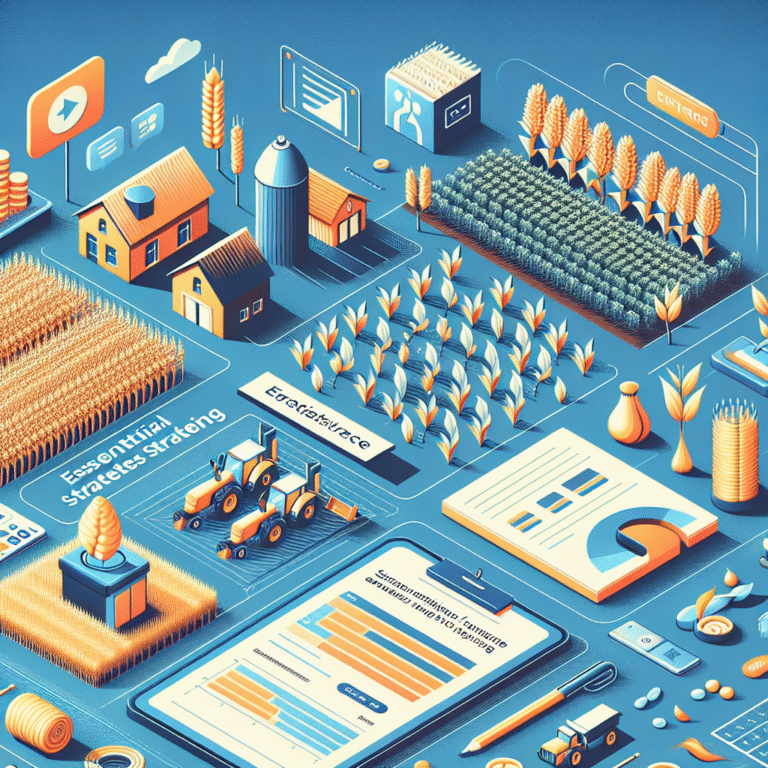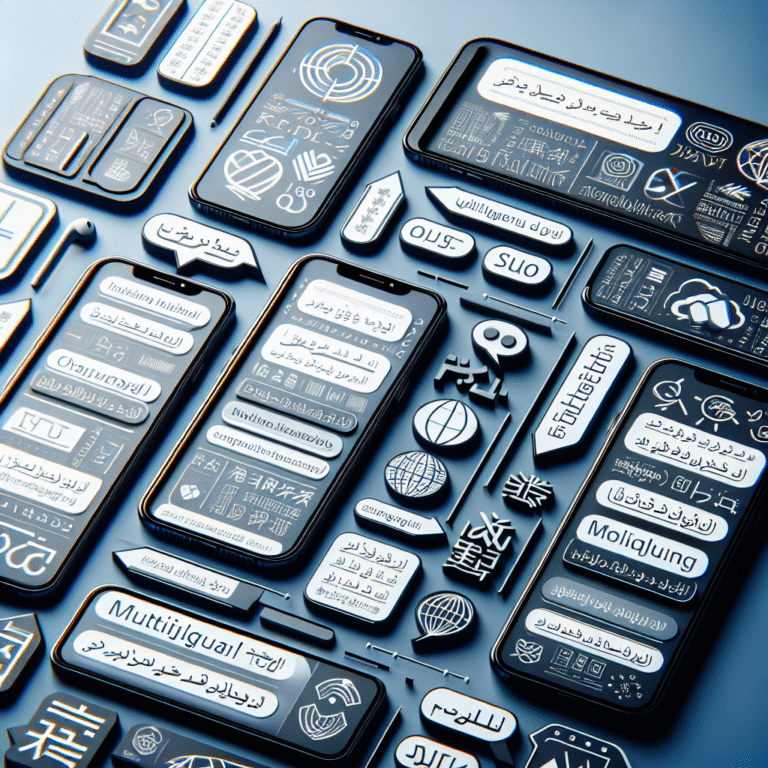The numbers are staggering – blockchain gaming raised almost $500 million through 24 funding rounds in the first half of 2021 alone. NFTs in gaming have grown from a small experiment into a revolutionary force that’s changing the industry.
Gaming has become bigger than movies and North American sports combined. NFTs now serve as the life-blood of Web3 gaming and have created a new wave of digital collectibles. Players can now own, trade, and make money from their in-game assets. Some players have paid close to $1 million for virtual real estate NFTs in games like Decentraland.
This fundamental change matters. The old model where publishers controlled everything has given way to blockchain-powered games that put players in charge of their assets. NFTs bring real ownership, trading options, and decentralized game licensing that works better for both players and Web3 developers.
This piece will show you how to create NFT gaming assets for your Web3 projects. We’ll give you clear, practical steps to help you use this technology. Our guide works whether you’re starting your first blockchain game or adding NFTs to make your current project better.
What Are NFT Gaming Assets and Why They Matter
NFTs have changed the way players interact with digital assets in games. Traditional digital collectibles only exist in a game’s database. Non-Fungible Tokens (NFTs) are unique digital assets stored on blockchain technology. This secure, decentralized digital ledger records ownership clearly and permanently.
Understanding NFTs in gaming
NFTs in games represent unique digital items like characters, weapons, skins, virtual land, or any game asset that needs to be one-of-a-kind. The blockchain stores metadata for each NFT as a permanent, unchangeable record. This acts as a certificate that proves what the token represents and shows who has owned it.
These are the main features of NFT gaming assets:
- Non-fungibility – Each token stands alone and can’t be swapped like cryptocurrencies
- Indivisibility – You must buy, sell, and hold most gaming NFTs as complete units
- Provable lack – The blockchain proves how many NFTs exist and their uniqueness
- Immutability – Records on the blockchain stay permanent and tamper-proof
Key feature NFTs bring to video games
True ownership is the biggest advantage NFTs bring to gaming. Players never really owned their in-game purchases before – developers did. Your digital items and identity would vanish if you quit playing or the game shut down.
NFTs turn this idea around. Players truly own their digital assets because NFTs live on the blockchain instead of company servers. This gives players freedom they never had before. They can keep, trade, or sell assets without the game publisher’s involvement.
On top of that, NFTs let items work between different platforms. Some blockchain games and metaverses let players use their avatars, wearables, or virtual land in multiple games. This makes these items more useful and valuable beyond just one game.
NFTs have also created play-to-earn systems. Players can now make real money through their gaming activities. They generate income by buying, trading, or selling NFTs, which creates player-driven economies.
How NFTs differ from traditional in-game items
NFTs and regular gaming items have several key differences:
Regular in-game items only exist within one game, and publishers control everything. Players just get permission to use these items based on the game’s rules. NFT owners have proof of ownership on the blockchain that works independently.
Regular gaming items stay locked in their original game or platform. You lose everything when switching games. Gaming NFTs work differently – they can move between platforms and games because they’re on the blockchain, not game servers.
Developers can make endless copies of regular game items, which often makes them worthless. NFTs create real digital scarcity. Each one stands alone and can’t be copied, so rare items keep their value through blockchain verification.
NFTs create new ways to make money. Regular gaming mostly follows a ‘play-to-play’ model with limited earning options. NFT gaming lets players earn real value, which changes how money moves between players, developers, and the digital economy.
How to Create NFT Gaming Assets Step-by-Step
Creating NFT gaming assets requires several technical steps that blend blockchain technology with game development principles. Here’s a practical guide to develop these unique digital assets for your Web3 game.
Choose the right blockchain for your game
The blockchain platform you select forms the foundation of your NFT gaming project. Each blockchain has capabilities that affect your game’s performance and player experience. Here are key factors to evaluate:
- Transaction speed and scalability – Your platform should handle millions of transactions at peak times
- Security features – Look for platforms that use multi-sig wallets and regular security audits
- Transaction costs – Players might avoid frequent in-game transactions if fees are too high
- Developer support – Gaming ecosystems with strong communities provide great resources
- Smart contract capabilities – The blockchain must support your game’s required functionality
Ethereum remains popular for NFT games despite high gas fees. Alternatives like Immutable zkEVM, Polygon, and Solana provide faster transactions at lower costs. Studios that need maximum scalability can use dedicated chains within ecosystems like Immutable Nexus to avoid competition for block space.
Design your in-game asset as an NFT
The next step after blockchain selection is asset design that combines visual appeal with functional value. Start by deciding what assets your game will feature—characters, weapons, land, or cosmetic items. Then define the metadata that gives each NFT its unique traits.
Smart contracts store metadata like rarity levels, special features, and historical provenance. The balance between scarcity and utility matters greatly. Limited edition items create value through rarity, while meaningful gameplay benefits make them more valuable to players.
Use smart contracts to mint NFTs
Smart contracts act as self-executing agreements that manage your NFTs’ creation and operation. Developers write most contracts in Solidity for Ethereum and other EVM-compatible blockchains. These contracts handle ownership records, transfer protocols, and royalty distributions.
NFT gaming assets commonly use these standards:
- ERC-721 – The simple standard for unique tokens
- ERC-1155 – A multi-token framework that lets a single contract manage various token types, including both fungible and non-fungible assets
Minting creates a unique token on the blockchain. Your smart contracts should include functions that transfer ownership, handle payments, and distribute royalties to original creators.
Test and deploy your NFT assets
A full testing phase comes before launch. Smart contract bugs can result in lost assets or security issues that might harm your game economy. Your testing should cover:
- Smart contract audits to find potential vulnerabilities
- Gameplay balance checks to verify NFTs work well with game mechanics
- Security assessments to guard against fraud or exploitation
- Beta testing with players to collect feedback
Tools like Truffle and Ganache local blockchain help simulate network conditions and test contract functionality before mainnet deployment. After completing tests, deploy your contracts to the blockchain mainnet and connect them with your game’s front-end interface.
Integrating NFTs into Your Web3 Game
NFT gaming assets need proper integration into your Web3 game to maximize their value and function. This integration turns static digital collectibles into dynamic elements. These elements improve gameplay, promote cross-platform experiences and create reliable economic systems.
Linking NFTs to gameplay mechanics
Your NFTs need a thoughtful connection to core gameplay mechanics. They should do more than just look good—players must feel their effect on the game experience. Here are some ways to integrate them:
Start by designing NFTs that offer both looks and utility. A character skin NFT could grant special abilities or unlock exclusive game modes. This creates real advantages beyond visual differences.
Players can also earn NFT rewards by completing quests, winning competitions, or hitting milestones. This approach turns regular gameplay into money-making activities and changes how players participate.
Ensuring interoperability across platforms
NFTs in gaming shine because of interoperability—knowing how to use assets in different games or platforms. Unlike regular gaming items stuck in one game, blockchain-based NFTs work across broader ecosystems.
Standardization makes interoperability possible. Most games use ERC-721 or ERC-1155 token standards that let assets move naturally between compatible environments. Developers often call this a “multiverse” where players take their digital identity and items across virtual worlds.
Interoperability creates value through:
- Assets becoming useful beyond single games
- Players staying longer across multiple titles in your ecosystem
- New ways for developers and games to work together
To name just one example, an armor piece named “EpicShield” could work as protective gear in your RPG, a collectible card in another game, and a building structure in a third.
Managing NFT ownership and transfers
Blockchain changes how players own assets in Web3 games by giving them real control over their digital items. Traditional games keep assets on central servers under publisher control. However, blockchain-stored NFTs belong to players, independent of any platform.
Building reliable ownership and transfer systems needs:
- User-friendly wallet integration for easy asset management
- Clear UI elements showing owned assets and their uses
- Quick marketplace connections for buying, selling, and trading
- Smart contract mechanisms that handle transfer logic and checks
Tools like Immutable Passport make this process simple. They provide ready-made solutions for NFT collection and transfer while keeping gameplay smooth. These integration points create a natural connection between regular gaming interfaces and the blockchain infrastructure that powers your game’s economy.
Monetizing and Managing NFT Assets
NFT gaming assets create lucrative revenue streams for developers and players. The blockchain-based economy changes how value flows within gaming ecosystems and opens new financial opportunities beyond traditional models.
Play-to-earn models and in-game economies
Players can now generate ground value through gameplay activities with Play-to-earn (P2E) gaming. P2E enables players to earn cryptocurrency or valuable NFTs by completing tasks, winning battles, or achieving milestones. Axie Infinity stands as a prime example that shows this model’s potential. Players breed, battle, and trade digital creatures profitably.
In-game economies thrive through multiple monetization channels:
- NFT sales of limited-edition items and collectibles
- Marketplace transaction fees from player trading
- Token-based rewards for gameplay achievements
- Virtual land development and rental
The Sandbox shows this approach effectively. It generates revenue through virtual land sales and lets creators build and monetize their own NFTs.
Setting up NFT marketplaces
Your game needs an NFT marketplace that serves as a trading hub where players buy, sell, and exchange digital assets. These marketplaces generate revenue through:
- Listing charges when sellers post in-game items
- Settlement fees on each transaction (typically 2-3% per sale)
- Bidding commissions from auction participants
OpenSea charges about 2.5% per transaction and creates substantial revenue streams. Marketplaces boost player engagement by giving them ownership sense. This increases their investment willingness in the game.
Royalties and secondary sales for developers
Smart contracts have brought powerful innovations in NFT gaming economics through royalty mechanisms. Developers earn a percentage of every subsequent asset sale. This creates passive income well beyond the original release.
Creators on the Hedera network can set custom royalty percentages that apply to all secondary sales. A 2022 report shows NFT royalties exceeded $1.8 billion on the Ethereum blockchain. Bored Ape Yacht Club creators earned $147.6 million through this model.
Developers usually set rates between 6-10% to balance revenue potential and maintain active trading.
Challenges and Future of NFTs in Gaming
NFTs create exciting possibilities for gaming, yet several major hurdles stand in the way of mainstream adoption. Developers must carefully handle these challenges across technical, regulatory, and environmental areas.
Security and fraud prevention
NFT gaming faces critical security concerns. The Axie Infinity hack serves as a stark warning – attackers stole about $625 million through phishing attacks that targeted the core team. Phantom Galaxies’ experience proves equally troubling, as scammers took over $1 million by creating fake in-game NFT mints.
Scammers create “bait” collections that mimic legitimate games, making counterfeit NFTs a serious threat. Smart contract weaknesses can lead to major losses, as shown by Vulcan Forged’s case where hackers accessed private keys and stole 23% of their game token’s circulating supply.
Game developers can protect themselves by:
- Running full smart contract audits
- Setting up multi-factor authentication
- Storing assets in hardware wallets
- Checking platform and seller authenticity
Environmental and regulatory concerns
NFT gaming’s environmental effects remain controversial. Creating six NFT videos used 8.7 megawatt-hours before Ethereum switched to proof-of-stake – equal to two years of studio power usage. Ethereum’s change cut energy use by over 99%, but many games still run on power-hungry blockchains.
The regulatory picture grows more complex daily. The SEC has stepped up its actions against NFT marketplaces that sell tokens it views as securities. This enforcement-first approach breeds uncertainty, though new rules like the NFT Act might help by keeping certain NFTs outside securities classification.
The future of NFTs in gaming economies
The NFT gaming market keeps growing despite these challenges. Market analysts expect it to reach $8.86 billion by 2028, growing yearly at 17.93%. The field has evolved beyond basic play-to-earn models toward “play-and-earn” systems that put gameplay first, ahead of financial rewards.
The road ahead looks promising. NFT games will adopt greener consensus mechanisms, build stronger security systems, and create better governance structures. Once international standards emerge, regulatory clarity will speed up adoption. This will give both developers and players more confidence and protection.
Conclusion
NFT gaming assets have revolutionized traditional gaming, giving players true ownership of their digital items instead of centralized publishers. Players now benefit from blockchain-based assets that offer verifiable rarity, cross-game compatibility, and play-to-earn models. These changes serve both developers and gamers well.
Successful NFT gaming assets need the right blockchain, smart asset design, proper contract implementation, and rigorous testing. These foundations support dynamic gameplay and robust economic systems that set Web3 games apart from regular games.
NFT gaming’s financial potential reaches way beyond the reach and influence of launch sales. Developers earn steady income through secondary market royalties, while players can trade their gaming achievements in marketplaces. This economic approach stands as one of the most radical alterations in gaming’s history.
Major challenges still exist. Security issues need strong protection measures, while environmental worries drive the push toward environmentally responsible consensus mechanisms. The changing regulatory environment requires developers to track compliance needs closely.
The future of NFT gaming shows great promise, despite these hurdles. Strong investor and player trust in this technology points to a projected market growth to $8.86 billion by 2028. The maturing industry will bring more complex gameplay, better security systems, and clearer regulations.
Web3 developers who master NFT creation now lead gaming’s next phase of development. This expertise helps build experiences where players own their digital identities, assets work across multiple games, and virtual economies mirror real-life market behavior.
Decentralized gaming models mark the start of blockchain technology’s potential in this space. We urge you to test these ideas, grow your project’s community, and help shape gaming’s future through creative NFT solutions.
Key Takeaways
NFT gaming assets represent a fundamental shift from traditional gaming models, giving players true ownership and creating new economic opportunities for both developers and gamers.
• Choose blockchain platforms based on transaction speed, costs, and developer support – Ethereum offers stability while alternatives like Polygon provide faster, cheaper transactions.
• Design NFTs with dual value combining esthetic appeal and functional utility – assets should meaningfully impact gameplay beyond mere visual distinction.
• Implement smart contracts using ERC-721 or ERC-1155 standards to enable minting, ownership transfers, and royalty distributions across your gaming ecosystem.
• Integrate play-to-earn mechanics and NFT marketplaces to create sustainable revenue streams through transaction fees, royalties, and secondary sales.
• Address security vulnerabilities through smart contract audits, multi-factor authentication, and thorough testing before deployment to protect against fraud and exploits.
The NFT gaming market is projected to reach $8.86 billion by 2028, making now the ideal time for Web3 developers to master these technologies and position themselves at the forefront of gaming’s decentralized future.
FAQs
Q1. How do NFTs differ from traditional in-game items? NFTs provide true ownership to players, existing independently on the blockchain rather than being confined to a single game. They offer verifiable scarcity, interoperability across platforms, and the ability to be bought, sold, or traded outside the game environment.
Q2. What are the key steps to create NFT gaming assets? The main steps include choosing an appropriate blockchain platform, designing the asset with both visual appeal and functional value, implementing smart contracts for minting NFTs, and thoroughly testing before deployment. It’s crucial to consider factors like transaction speed, costs, and developer support when selecting a blockchain.
Q3. How can developers monetize NFT gaming assets? Developers can monetize NFT assets through initial sales, marketplace transaction fees, and ongoing royalties from secondary sales. Implementing play-to-earn models and in-game economies also creates additional revenue streams. Setting up NFT marketplaces within the game ecosystem further enhances monetization opportunities.
Q4. What are the main challenges facing NFT gaming? Key challenges include security vulnerabilities and fraud prevention, environmental concerns related to energy consumption, and navigating an evolving regulatory landscape. Developers must implement robust security measures, consider eco-friendly blockchain solutions, and stay informed about compliance requirements.
Q5. What does the future hold for NFTs in gaming? The NFT gaming market is projected to grow significantly, reaching $8.86 billion by 2028. Future trends include a shift towards more balanced “play-and-earn” models, adoption of eco-friendly consensus mechanisms, enhanced security frameworks, and the development of more sophisticated governance systems as the industry matures.




